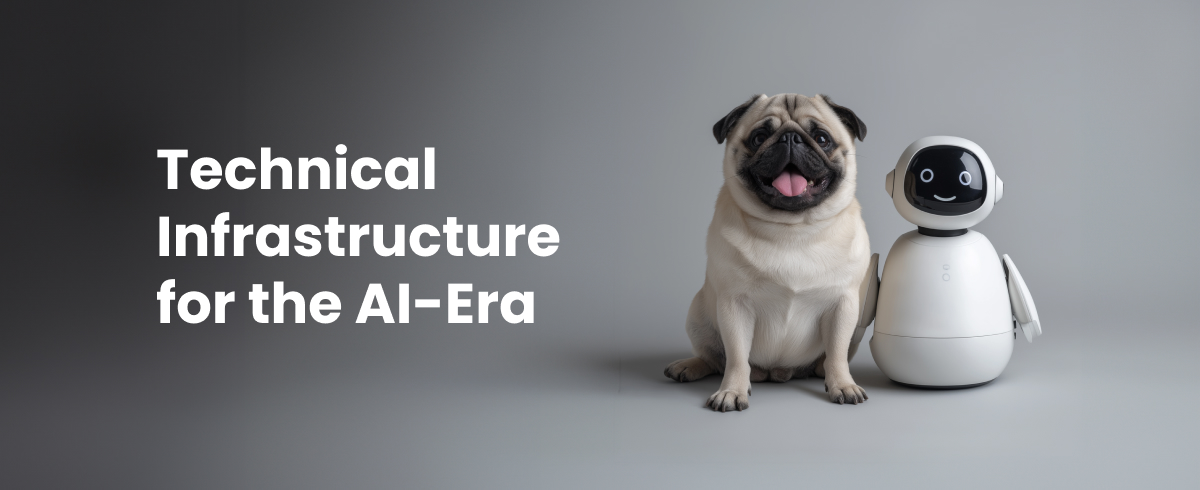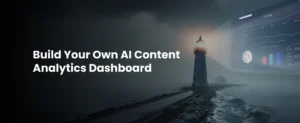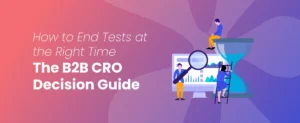For a decade, the core mantra of technical SEO was accessibility. We obsessed over robots.txt files, canonical tags, and crawl budgets to ensure that search engine bots could efficiently access and index our content. Those fundamentals are still important, but they are now dangerously incomplete.
A new generation of crawlers is here. They don’t just parse HTML; instead they are able to interpret meaning and suss out intent. They do much more than just follow links; they map relationships and assess credibility across the web. As our Head of SEO, Stephan Marais puts it, “Technical SEO used to be about accessibility. Now it’s about credibility.”
In the AI era, the new mandate of technical SEO is to make it easy for AI models to understand, trust, and cite your content. This requires a fundamental shift in how we architect our websites. This AI-Native Technical Foundation is the bedrock of the “Authority Engine” framework that Somebody Digital’s Director of Digital Operations will be presenting at Brighton SEO, where he’ll connect these deep technical concepts to a holistic strategy.
Here are two of the most critical pillars of this new technical reality.
Pillar 1: Building a Verifiable Knowledge Graph (The ‘Who’ and ‘Why’)
Basic Organization or Person schema is no longer enough. To build credibility with an AI, you must explicitly and unambiguously state who you are, what you know, and why you are qualified to say it. You need to build a machine-readable knowledge graph for your brand.
This goes beyond surface-level markup. It involves two deeper layers:
- Entity Schema Enhancement: It’s about creating a rich, interconnected profile. Don’t just list an author’s name on a blog post. Use schema to connect that Person to the Organization they work for, detail their qualifications (alumniOf, knowsAbout), and link to other content they’ve created (hasPart). This helps an AI clearly understand who is saying what and why they’re qualified to say it, mapping your experts to known knowledge graphs.
- Authority Signal Schema: This provides direct, verifiable credibility markers. Are your articles reviewed by other experts before publication? Use reviewedBy schema to prove it. Are you making a factual claim? Use citation schema to link to the primary source. This moves your claims from being simple text on a page to being structured, verifiable assertions that an AI can trust.
Pillar 2: Optimizing for Retrieval, Not Just Ranking (The ‘What’)
One of the biggest shifts in our thinking came from a simple realization: AI systems don’t just rank entire pages; they extract specific pieces of information to answer user queries. This process, often called Retrieval-Augmented Generation (RAG), changes everything about how we structure content.
As we now say internally, “Content isn’t just consumed anymore, it’s extracted, segmented, and reused. Build for that reality.”
If your content is a single, monolithic block of text, it’s difficult for an AI to parse and extract a self-contained, citable answer. Your technical and content architecture must be optimized for this new reality of “content chunking.”
This means:
- Structuring for Extraction: Use clear, semantic HTML5. Your <h2> and <h3> tags aren’t just for styling; they create logical boundaries for content chunks. Each section underneath a heading should be written to be as self-contained as possible, capable of answering a specific sub-query on its own while maintaining context.
- API-First Architecture: AI crawlers often prefer to access content via APIs rather than by rendering full, JavaScript-heavy web pages. Moving toward an API-first architecture, where you can provide structured data feeds of your content, makes it far easier for AI systems to access, analyze, and ingest your information reliably and at scale.
Move From a Website to a Citable Asset
The strategic goal of technical SEO has evolved. It is no longer enough to have a fast, crawlable website. The new objective is to transform your website into a structured, verifiable, and citable data asset that AI models view as a primary source of truth for your niche.
This technical foundation enables everything else. Without it, even the best content will struggle to achieve its potential in AI-powered search experiences.
This is the ‘what’ and ‘why’ of the new technical foundation. In his upcoming talk at the San Diego Brighton SEO Conference, our Director of Digital Operations, Cristiano Winckler, will show you the ‘how’: integrating this technical base with the content, authority, and measurement pillars to build a complete, operational Authority Engine.
Is your technical infrastructure ready for the age of AI? Schedule a complimentary AI-Readiness Strategy Session with our experts.




